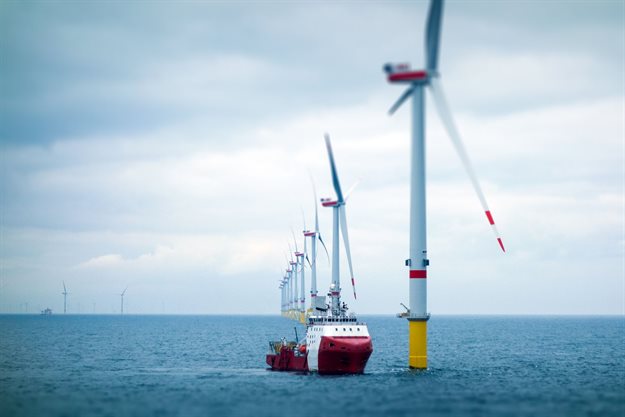Marketing & Media trends
Industry trends
BizTrends Sponsors
Trending
#BizTrends2020: SA's transition to a cleaner, greener economy

Market trends
14.4GW of new generation capacity from wind energy will be procured in tranches of 1.6GW per annum starting from 2022 to 2030, as outlined in the IRP. This will have positive spin offs for the South African economy as this capacity is expected to attract more than R300bn in investments, create jobs across the industry value chain and deliver cheap electricity.
At the same time, the approval of the Carbon Tax Bill in 2018 means that there will be an increased need for intensive energy users to offset their carbon footprint by procuring more green energy directly from independent power producers. The wind industry is well positioned to enter into PPAs with private off-takers. This is an interesting development and one which will need policy clarity on private PPAs and open a new market segment for the wind energy sector.
Technology trends – hub height and floating off-shore turbines
A new National Renewable Energy Laboratory (NREL) analysis (published in July 2019) has indicated the industry should pursue R&D in enabling higher hub heights of wind turbines. The study indicates that hub heights of up to 110 metres for turbine classes ranging from 3MW to 5MW can lead to capacity factor increases from 35% to 45% in many locations, with continued capacity factor improvement with hub heights of 140m. Hub heights of 110m to 140m could also offer LCOE advantages relative to today’s shorter turbines, according to NREL. So, we should definitely be on the lookout for even larger and taller wind turbines in future.

Another interesting development is the investigation of the feasibility of floating offshore wind turbines for South Africa. Due to the steep South African coast, floating wind turbines are now making it possible for South Africa to take advantage of high capacity factors of up to 55% that can be achieved through offshore wind. Focused on the 10-year horizon, the investigation is looking at development opportunities for South Africa as the coastline offers large areas with strong and consistent winds. Floating wind farms entail a minimal subsea environmental impact and do not require any noise mitigation measures.
Considering all these facts, offshore wind may shortly be recognised as part of the energy mix, pending outcomes of the full feasibility study. Existing and future South African industries will be fully capable of providing a high percentage of local content for a concrete-based floating substructure. The continuous expansion of transmission lines and substations in coastal areas, make grid connection less of a hurdle for offshore wind. Although not a new technological development at global level, if the feasibility is positive, this will definitely be unchartered waters for South Africa.
Local manufacturing
The proposed installation of over 14,000MW of additional nominal wind power is projected to give the local manufacturing industry a major boost.
Currently, most components are imported from different parts of the world. However, the steel towers, concrete towers and tower internals are manufactured in South Africa. With a consistent market of 1.6GW per annum, as allocated in the 2019 IRP, the industry has an opportunity to localise more components including wind turbine blades. This will require a consistent pipeline of projects and that we don’t return to the stop-start procurement style that we have seen in the past. While one local wind tower manufacturer managed to keep operating, by exporting wind towers during the industry’s two year impasse and the delayed publication of the 2019 IRP, the other one was unfortunately forced to shut its doors.
The new IRP, therefore, makes it possible for the establishment of an additional wind tower facility to enable the industry to meet the local content requirements. The existing plant is already producing 150 steel wind towers a year with the capacity to produce more. This is equal to the towers required to produce 450MW to 750MW of the allocated capacity. Furthermore, the market certainty provided by the 2019 IRP can make local manufacturing of blades and assembling of nacelles a big possibility for South Africa.









